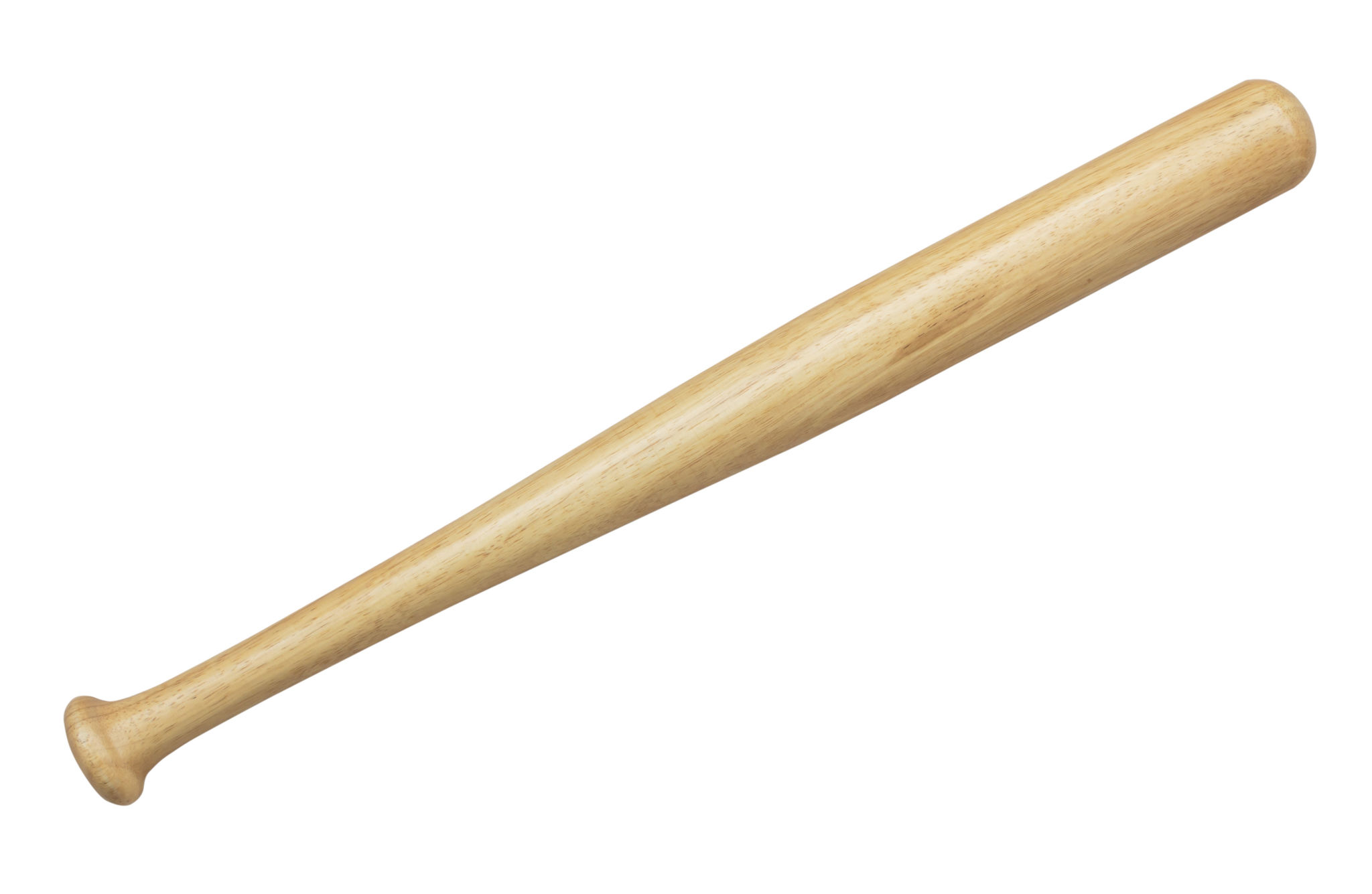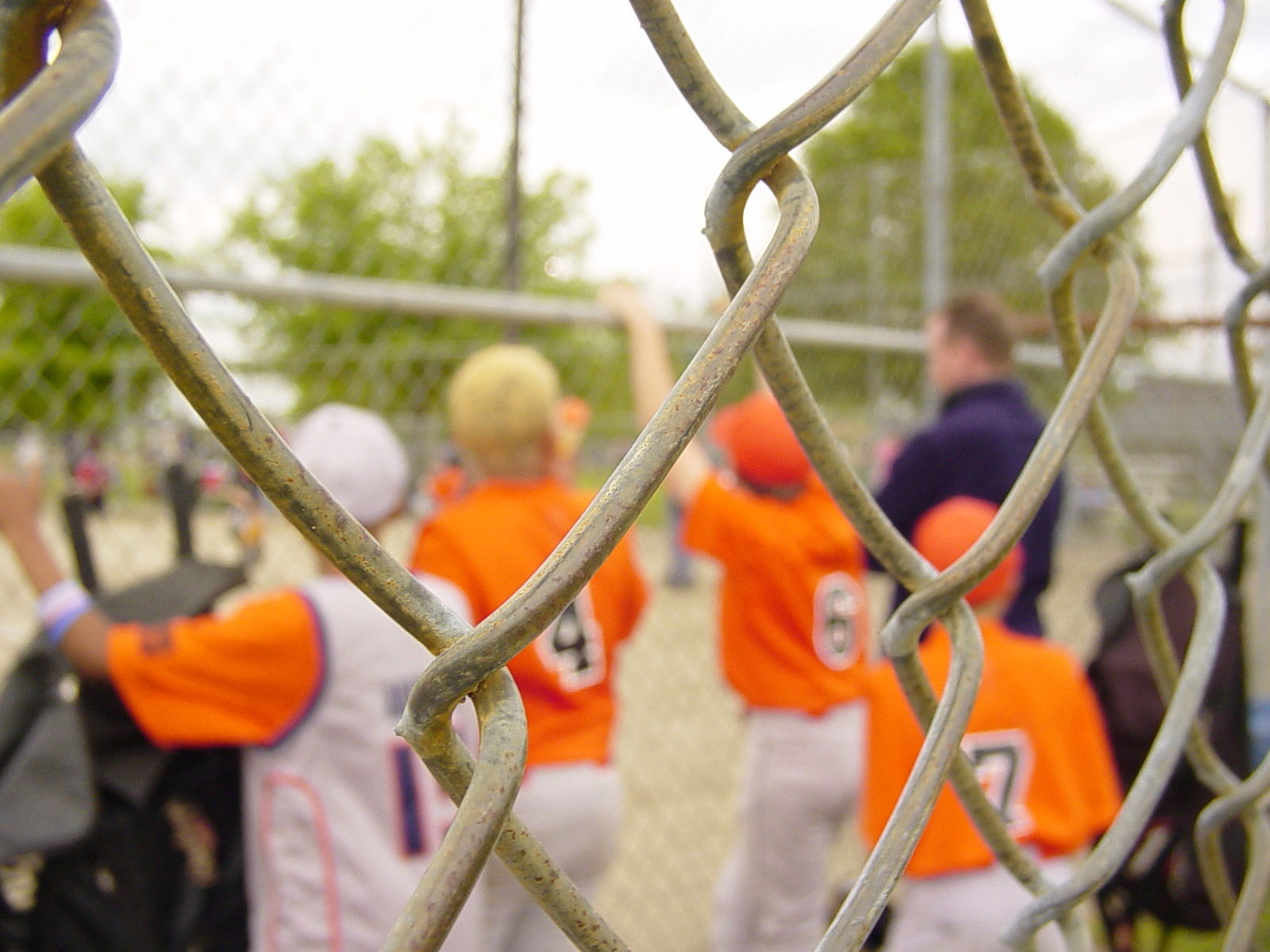Debunking Common Baseball Myths: What Every Player Should Know
Myth 1: Bigger Bats Hit Harder
One of the most pervasive myths in baseball is that bigger bats will result in more powerful hits. While it might seem logical that a heavier bat would transfer more energy to the ball, the reality is more nuanced. A bat that's too heavy can actually slow down your swing, reducing the force of impact. Instead of choosing the heaviest bat, players should focus on finding a bat that allows for the optimal combination of speed and control.
It's essential to understand that the effectiveness of a hit is not solely determined by the weight of the bat. The swing speed, bat control, and the point of contact all play crucial roles in determining how far and fast the ball will travel.

Myth 2: Only Pitchers Need Strong Arms
Another common misconception is that only pitchers need to focus on arm strength. In truth, every position on the field benefits from having strong arms. Outfielders need to throw long distances quickly and accurately, while infielders must make rapid throws to beat runners to the base. Even catchers require robust arm strength to throw out stealing base runners.
Developing overall arm strength can improve performance across various positions. Incorporating exercises like resistance training and plyometrics into your routine can enhance throwing power and accuracy, which are critical skills for all players.

Myth 3: Batting Order Doesn't Matter
Some believe that the batting order in a lineup does not significantly impact the game's outcome. However, strategic placement of players in the batting order can influence how effectively a team scores runs. The leadoff batter, for example, should have a high on-base percentage to set the stage for subsequent hitters.
The middle of the lineup often consists of power hitters who can drive in runs, while the bottom typically contains players who can get on base or advance runners. Each spot in the lineup serves a purpose, and understanding these roles is vital for maximizing offensive potential.

Myth 4: You Can Only Improve Through Practice
While practice is undoubtedly crucial for skill development, it's a myth that it's the only way to improve as a player. Mental preparation and game strategy are equally important aspects of baseball performance. Watching games, analyzing different plays, and understanding opponents' strategies can offer valuable insights.
Additionally, maintaining physical fitness, focusing on nutrition, and ensuring adequate rest all contribute significantly to a player's overall development and performance on the field.
Myth 5: Left-Handed Players Have Limited Positions
A common myth is that left-handed players are restricted to certain positions due to their throwing hand. While it's true that some positions like second base, shortstop, and third base are traditionally played by right-handed throwers because of fielding angles, left-handed players have ample opportunities in other areas.
- First Base: Left-handed players are often preferred here due to their natural glove positioning.
- Outfield: They can effectively cover ground and make strong throws from almost any outfield position.
- Pitching: Left-handed pitchers are highly valued for their ability to challenge right-handed batters with difficult angles.

Ultimately, talent and skill determine where a player can excel, regardless of which hand they throw with.